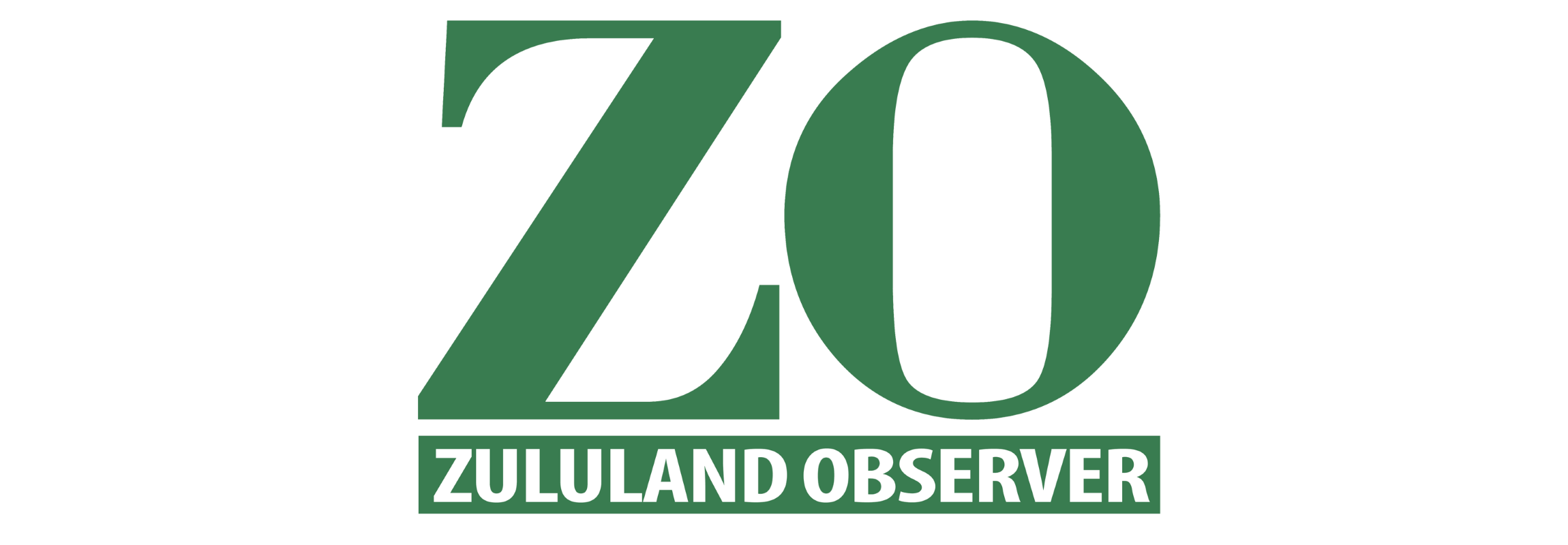Rhino anti-poaching funding well utilised
THERE has been plenty of comment about the millions of rands that have been contributed to scores of groups appealing for funds to ‘save rhinos’. Many of these organisations have been identified as being illegitimate and there have been thousands of contributors who have unwittingly put money into scam operators’ pockets rather than into the …
THERE has been plenty of comment about the millions of rands that have been contributed to scores of groups appealing for funds to ‘save rhinos’.
Many of these organisations have been identified as being illegitimate and there have been thousands of contributors who have unwittingly put money into scam operators’ pockets rather than into the cause they wanted to support.
Fortunately there are many genuine groups who have received donations and converted the cash into making a meaningful impact against rhino poaching.
One such group is the ZAP-Wing air support project, operating from the Hluhluwe airfield under the auspices of Project Rhino KZN and in collaboration with numerous State entities, law enforcers, private game reserves and conservation bodies.
As they are at pains to point out, ZAP-Wing is there to provide aerial support to the foot soldiers on the ground, who are literally combatting poachers of rhino and other wildlife.
Thanks to their combined efforts, rhino mortalities in Ezemvelo reserves are presently lower this year than at the same period last year.
This is in stark contrast to trends at Kruger Park and other national game reserves.
Arrest figures are also well above those of last year, proving how disruptive they have been to poacher activities.
Using two helicopters and two fixed-wing aircraft, the skilled pilots offer immense assistance to ground based anti-poaching teams which are restricted both in movement and vision as they of necessity operate in wild terrain.
This gives a tremendous ‘multiplier effect’ to the ground teams, enabling them to respond far quicker to incidents and pinpointing accurately the location of insurgents and vehicles.
Such a well-organised and obviously effective project deserves all the support it can get.
It would be wonderful if some generous local donor could sponsor the night vision goggles that would enable ZAP-Wing to fly 24-hour operations.
Other sophisticated equipment that would increase their efficacy would also include thermal image cameras, which would enable them to track both animals and humans at night.


